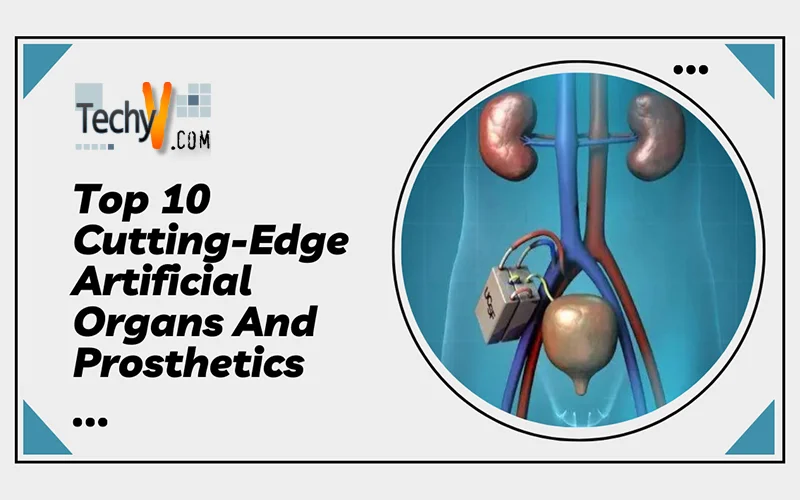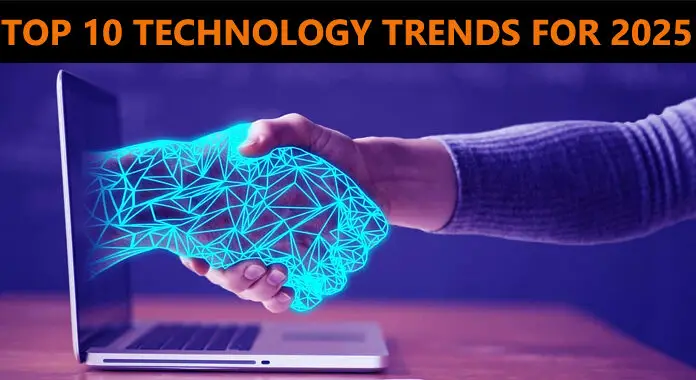The field of transplant science has advanced because of developments in technology like 3D printing and biological/mechanical communication. In recent years, significant improvements have been made in the prosthetics and artificial organs fields. Surgical robots, digital pathology, neuroprosthetics, surgical laser, smart pills, optical imaging, organs, and four-dimensional (4D) ultrasound imaging are the top technologies predicted to drive growth in the healthcare sector.
1. Cochlear Implants
Cochlear implants are electrical devices that provide people with severe to profound hearing loss or deafness a perception of sound. They stimulate the auditory nerve directly rather than the damaged components of the ear, enabling the perception of sound impulses. If a person with hearing loss is considering cochlear implants, speaking with medical experts and audiologists is crucial. They can offer comprehensive information, evaluate candidates, and direct decision-making.

2. Retinal Implants
Retinal implants, commonly referred to as retinal prostheses or bionic eyes, are medical devices made to help people with retinal degenerative illnesses such as retinitis pigmentosa or age-related macular degeneration regain their eyesight. These implants function by taking over the role of the retina’s injured photoreceptor cells and activating the remaining healthy cells to send visual signals to the brain.
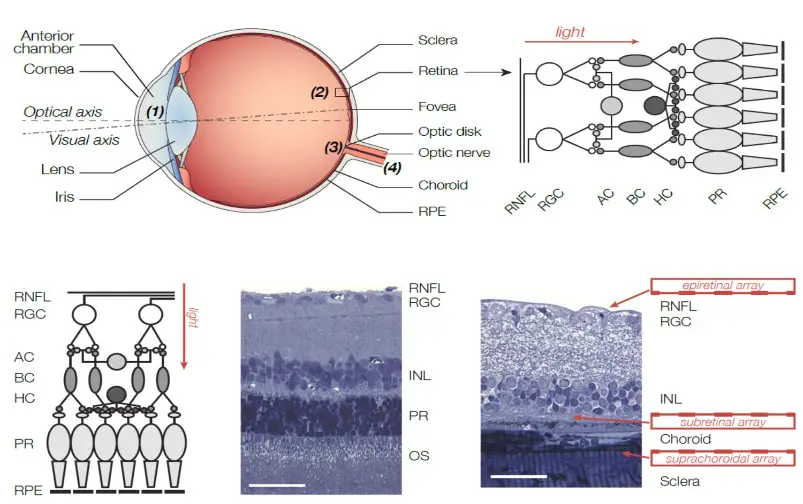
3. Artificial Heart
While they wait for a heart transplant, people with end-stage heart failure can benefit from artificial hearts. These mechanical devices maintain blood circulation throughout the body by stimulating the natural heart’s pumping motion. Modern discoveries have produced smaller, more effective mechanical hearts with enhanced biocompatibility and longer lifespans, giving patients with a shortage of available donors hope.

4. Artificial Limbs
Recent developments in prosthetic limb technology have allowed those who have lost limbs to regain mobility and functioning. Modern prosthetic limbs, sometimes known as “bionic limbs,” have robotic elements and sensors that react to the user’s muscle impulses to provide more realistic control and sensory input. Researchers are also investigating the integration of neural interfaces, which would allow for direct brain-to-computer communication.
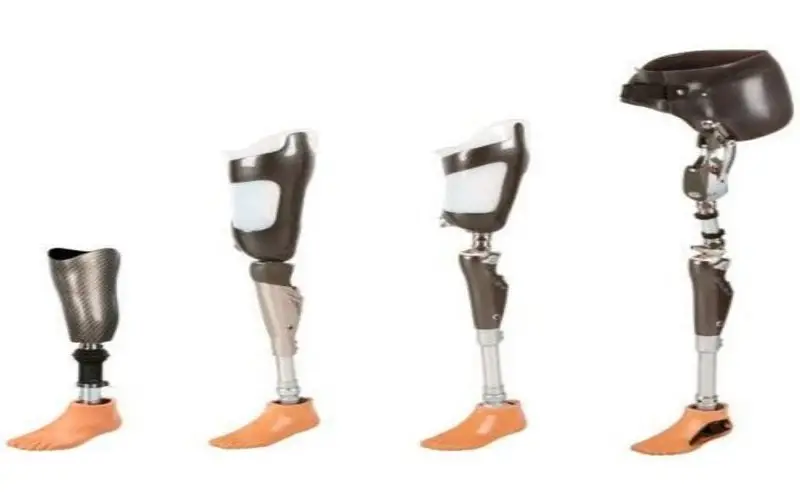
5. Artificial Kidney
Dialysis is frequently used by people with renal failure to remove waste and extra fluid from their blood. To offer a more long-lasting and effective option, scientists are working hard to create artificial kidneys. The filtration and waste disposal capabilities of normal kidneys are replicated in these bioengineered organs. The utilization of 3D-printed scaffolds seeded with renal cells, which facilitate the creation of functional kidney tissue, is a promising breakthrough in this area.
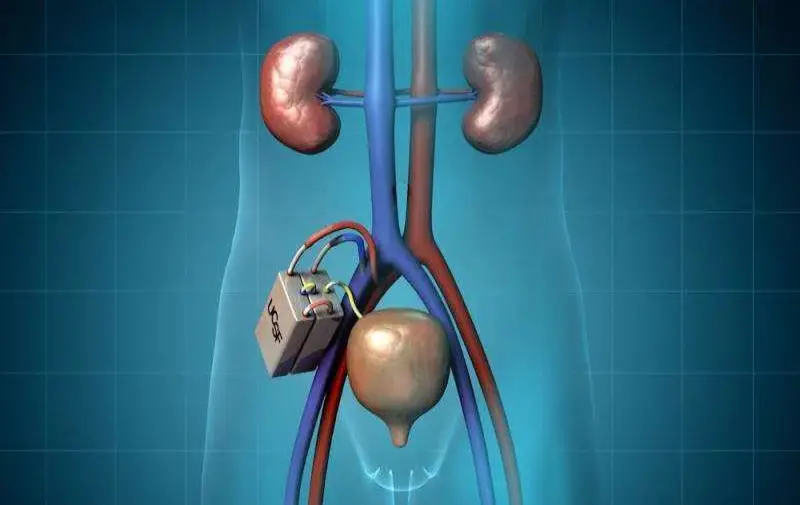
6. Artificial Lungs
For individuals with severe lung disorders or sudden respiratory collapse, artificial lungs offer breathing assistance. These machines, like ECMO machines for extracorporeal membrane oxygenation (ECMO), oxygenate the blood and remove carbon dioxide, temporarily restoring or taking the place of the function of compromised lungs. Recent developments have concentrated on the development of wearable technology and the miniaturizationn of artificial lungs.

7. Bionic Eyes
When a person has severe vision loss or is completely blind, bionic eye implants or visual prostheses try to restore some of their limited vision. The electrode array inserted in these implants activates the remaining functioning cells in the visual pathway while an external camera system records visual data. Research is still being done to increase the bionic eyes’ resolution and visual acuity, as well as how effectively they integrate with the user’s visual cortex to give them a more realistic appearance.

8. Artificial Pancreas
People with type 1 diabetes frequently experience difficulty controlling their blood sugar levels. A closed-loop system, commonly referred to as an artificial pancreas, provides an automated means of delivering insulin. It provides more accurate blood sugar management by continually monitoring glucose levels and adjusting insulin infusion rates accordingly.
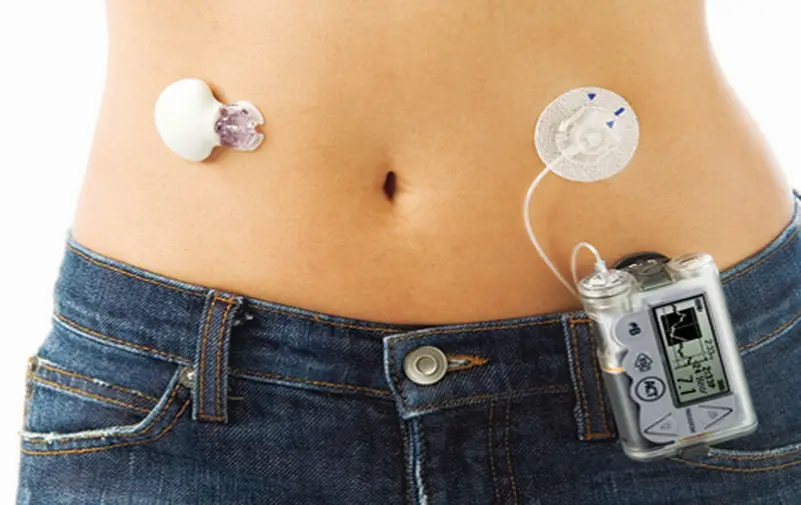
9. Brain-Computer Interfaces
Through the use of brain-computer interfaces, people are now able to connect with computers, communicate with others, and operate prosthetic limbs directly with their thoughts. BCIs have demonstrated promising results in helping paralyzed people regain some motor control and independence. The goal of ongoing research in this area is to increase the BCI systems’ precision and speed while also broadening the range of situations in which they may be used to benefit people with severe impairments.
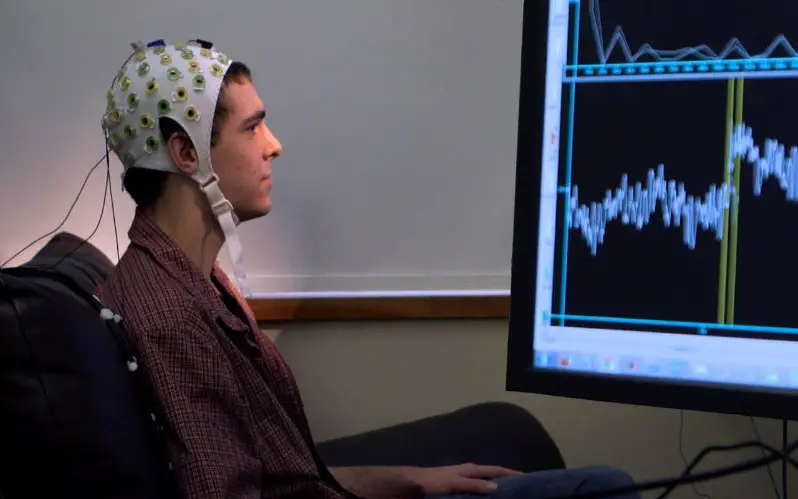
10. Bioengineered Organs
The scarcity of organ donors for transplants is a problem that bioengineered organs have a huge potential to solve. Using a mix of 3D bioprinting, tissue engineering, and stem cell technology, researchers are striving to create functioning organs such as the liver, kidneys, and lungs. Even yet, obstacles still need to be overcome.




